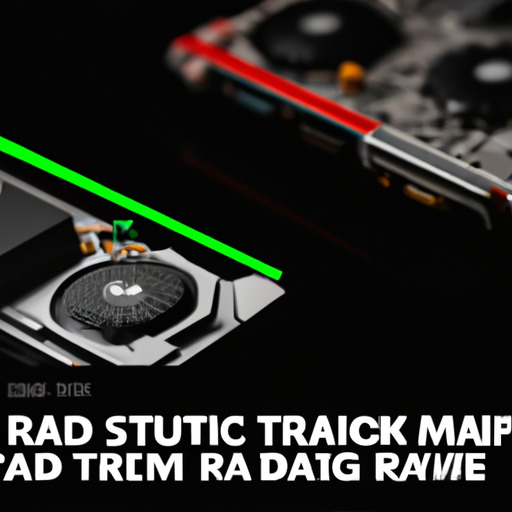Title: “The Tricky Trade-Off: Why Nvidia Slowed the RTX 4090 GPU for China”
Category: Technology
In the highly competitive world of technology, companies are constantly pushing the boundaries with their products to stay ahead of the game. However, when it comes to international markets and export regulations, sometimes tough decisions have to be made. Such is the case with the recent news that Nvidia deliberately slowed down their RTX 4090 GPU in order to make it legally exportable to China. Let’s dive into the reasons behind this move and its potential impacts.
Firstly, for those not familiar with GPUs, the RTX 4090 is Nvidia’s flagship graphics card, known for its powerful performance and capabilities. However, it also falls under the export control list of dual-use technologies, meaning it has both civilian and military applications. China, being a major market for tech products, is subject to strict regulations when it comes to importing dual-use technologies. This is where the trade-off comes in for Nvidia.
In order to comply with export regulations and be able to sell the RTX 4090 in China, Nvidia had to slow down the GPU’s clock speed by 11 percent, effectively reducing its performance. This decision was made in order to avoid the risk of the GPU being used for military purposes, as China’s military capabilities are constantly under scrutiny. By slowing down the clock speed, the RTX 4090 is considered to be a less powerful and less desirable technology for military applications.
On the other hand, this move could potentially boost Nvidia’s sales in China, as the market for high-end GPUs is rapidly growing in the country. And with the company’s main competitors, AMD and Intel, also facing similar export regulations, Nvidia could get a significant leg up in the Chinese market. This could ultimately lead to an increase in overall revenue for Nvidia, despite the slowed clock speed of the RTX 4090.
However, there are concerns that this decision could impact Nvidia’s reputation and credibility in the tech world. Some may view this move as a compromise in quality for the sake of profits, which could damage the company’s image and trust among consumers. Additionally, tech enthusiasts and gamers who are always looking for the best performance may be put off by the news of a deliberately slowed GPU.
In conclusion, Nvidia’s decision to slow down the RTX 4090 for export to China has its own pros and cons. It allows the company to tap into a major market while complying with export regulations, but it also raises concerns about the quality and integrity of their products. Only time will tell how this move will ultimately play out for Nvidia and its impact on the tech industry. But one thing is for sure, the tricky trade-off between following regulations and staying ahead of the competition is a delicate balance that tech companies will continue to navigate.
